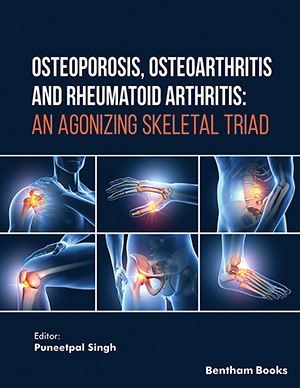
Abstract
Spondyloarthropathy (SpA) comprises a family of chronic inflammatory arthritis disorders, and ankylosing spondylitis (AS) is regarded as the most frequent and severe subtype of SpA. The prevalence of SpA in Chinese is about 0.2-0.3%. Information about the management of SpA is limited in Asian countries. Non-steroidal anti-inflammatory drugs (NSAIDs) are still the medication of choice for relieving the spinal pain and morning stiffness of SpA. Traditional NSAIDs are relatively cheap and more readily available than selective COX-2 inhibitors in Asian countries. Diseasemodifying agents widely used in SpA include sulfasalazine (SSZ), thalidomide, methotrexate (MTX) and leflunomide. SSZ and MTX are the most frequently used in patients with SpA, even though there are few clinical trials to verify their efficacy. Thalidomide is potentially useful in treating severe and refractory AS patients. Tumor necrosis factor (TNF) inhibitors have been shown to be effective in the treatment of AS, but more attention needs to be given to potential tuberculosis (TB) infection. Traditional herbal medicine and acupuncture are also used in relieving pain and improving function in SpA patients in some Asian countries. This review will discuss the current therapeutic strategies for SpA.
Keywords: Management, spondyloarthropathy, ankylosing spondylitis, Asia









